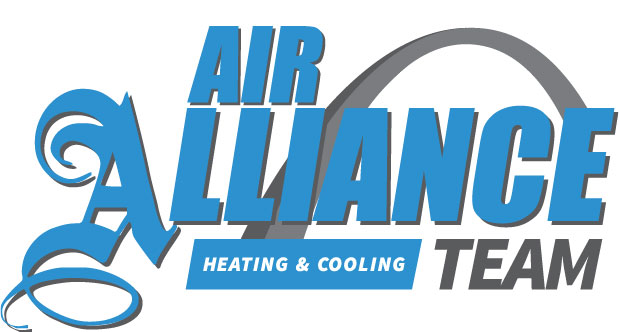
The Nest thermostat is one of the best-selling smart thermostats you can get. And for good reason. It figures out your temperature preferences and creates an energy-efficient schedule to match. And by geofencing with your phone, the Nest Learning Thermostat and Nest E know when you’re at your home or gone and can raise and lower settings to help you save even more.
The Nest can be used with a wide range of 24-volt heating and cooling systems, but it’s always a wise idea to use the Nest thermostat compatibility checker before installing one. Don’t forget to check with your energy supplier for valuable rebates, since you could be able to get a Nest for free or close to it.
Once you’ve made sure it’s compatible, you can either hook it up yourself or hire a HVAC specialist like Air Alliance Team. If you’re installing it without help, you’ll spot a terminal for the C-wire, or common wire. This wire is only used for powering your thermostat. If your house or HVAC system is older, you might not have one of these wires. In most cases, Nest says this isn’t a setback since the thermostat can get adequate power from other heating and cooling wires.
Sometimes, your heating and cooling system might have to have that C-wire. And here’s why.
Why Your Nest Keeps Losing Power and Other Problems
The Google Nest Thermostat is a step up from older programmable thermostats that rely on a combination of wiring and AA batteries for power. It has a rechargeable lithium-ion battery and wiring to connect to Wi-Fi, power its digital display and turn on your heating and cooling system.
8 Common Nest Thermostat Problems
If it can’t draw adequate juice, Nest says you could have some of these troubles:
- Bad battery life.
- Thermostat motion sensing won’t work.
- Your thermostat every now and then disconnects from Wi-Fi.
- Your system abruptly turns on or off, or won’t turn off.
- Your system is creating strange noises, such as chattering, stuttering, clicking or thumping.
- Heating or cooling is short cycling, or repeatedly turning on and off in a short period of time.
- There is a delay message on your Nest thermostat’s screen, along the lines of “heating is delayed for 2:30 minutes.”
- The system fan is continuously running, won’t run or turns off and on rapidly in a short period of time.
You could worry something is wrong with your heating and cooling system, but if you just installed the Nest, we recommend you check your thermostat right away. This is especially true if the weather is mild, and you haven’t been relying on your heat or air conditioning frequently.
Our Specialists Can Solve Nest Thermostat Troubles
If you’ve attempted Nest thermostat troubleshooting on your own but can’t solve the issue, a smart thermostat pro including one from Air Alliance Team can support you. We can determine the problem and add a C-wire, if necessary.
Smart thermostats such as the Nest are made to make your life simpler, with automatic energy-efficient programming and the opportunity to check temps while you’re away from home. It’s a frustrating experience when yours won’t work correctly, but our heating and cooling experts at Air Alliance Team can take care of the issue quickly.
If you’re experiencing unexplained heating and cooling behavior with your new Nest, reach out to us at 636-206-4584 to request your appointment now.
